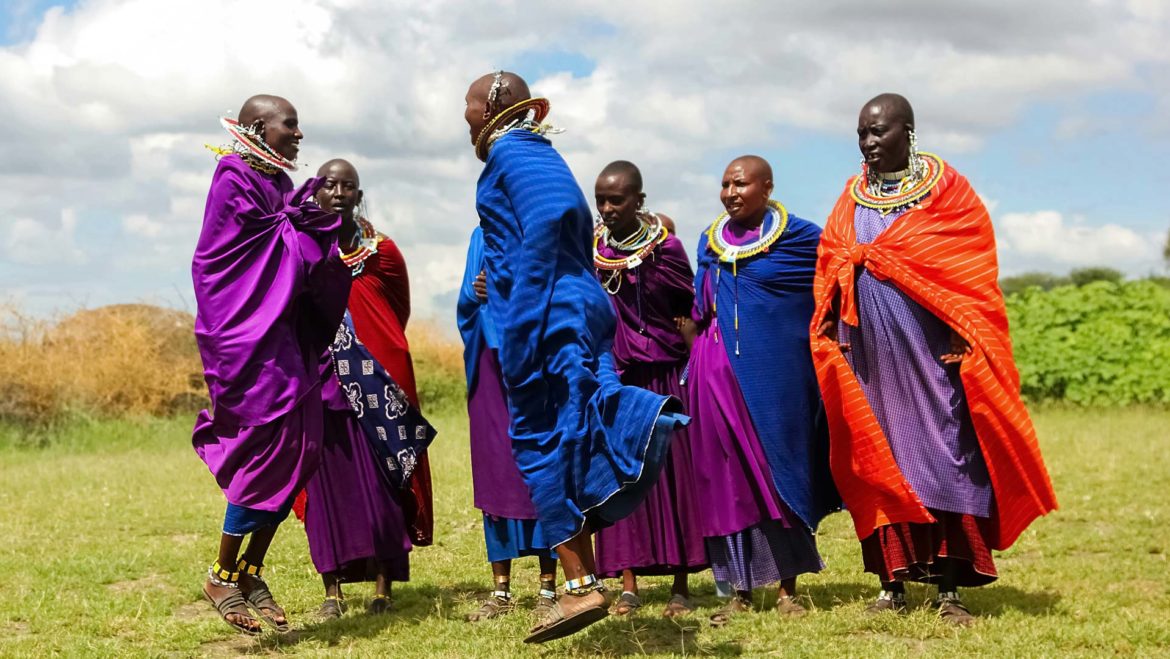
Indigenous Peoples
The title of “Indigenous Peoples” has come to be recognised as a demographic category. It has been applied to those considered to be direct descendants of the pre-colonial peoples of the Americas, Scandinavia, Australia and New Zealand. For example as Native Americans, Inuit of the Artic, Sami people of Scandinavia, forest people of the Amazon, Aboriginal Australians and the New Zealand Maoris.
In various African and Asian countries, marginalised minority ethnic groups –– with a culture distinct from the majority of the population and who have historically occupied regions of land – are often described as tribal populations or as Indigenous Peoples. For example Pygmy peoples in central Africa, San peoples in Southern Africa and the Karen hill tribes in Thailand.
Countries which recognise Indigenous Peoples and use this, or related terms include:
- Venezuela, Peru, Colombia, Chile and Bolivia use pueblos originarios – meaning “First Peoples”
- Canada use “First Nations”
- The United States use “Native American”
- Canada and Australia use “Aboriginal peoples”
Countries that do not formally recognise the existence of Indigenous Peoples include Malaysia, China and Botswana. Russia only recognise certain groups as Indigenous Peoples.
It is worth understanding that, like any community, indigenous communities may not be harmonious or similar. Their diversity can be characterised in terms of power, knowledge and wealth. Conflict may be viewed as life interactions and not pathological.
It has come to be officially accepted that no single definition can fully capture the diversity of Indigenous Peoples. However, the UN and other regional intergovernmental organisations have outlined various defining characteristics of Indigenous Peoples:
- Self-identification as indigenous
- Historical continuity with pre-colonial and/or pre-settler societies
- A common experience of colonialism and oppression
- Occupation of or a strong link to specific territories
- Distinct social, economic and political systems
- Distinct language, culture and beliefs from dominant sectors of society
- Resolved to maintain and reproduce their ancestral environments and distinctive identities
International rights for Indigenous Peoples
In response to growing recognition that Indigenous Peoples have suffered protracted and continuous marginalisation, discrimination and human rights abuses, a body of rights has been created. Key rights include:
- Self-determination
- Lands, territories and resources
- Maintenance of their cultures, including cultural heritage, and recognition of their distinct identities, customs and structures
- Their spiritual traditions and property
- Be asked for their FPIC in decisions that may affect them, and access to legal redress
As to the extent to which Indigenous Peoples are legally recognised varies so widely between countries, the UN Special Rapporteur has argued that states have a duty to effectively consult (p14) with Indigenous Peoples.
The UN Special Rapporteur has argued that the responsibility of business to respect human rights, “extends to compliance with international standards concerning the rights of indigenous peoples, in particular those set forth in the United Nations Declaration of the Rights of Indigenous Peoples, no less than it applies to compliance with other international human rights standards.”
The ICMM member companies’ acknowledge and respect the rights of Indigenous Peoples even if there is no formal recognition of these rights by a host country or if there is a difference between a country’s international commitments and its domestic law.
Indigenous Peoples and mining
Indigenous Peoples have an interest in mining and metals projects for several reasons:
- They may have some form of legally recognised ownership or control over the land, territories and resources that mining companies want to access, explore or mine
- They may be customary owners of land, territories and resources but without legal recognition
- They may be occupants or users of land, territories and resources either as customary owners or as people whose customary lands are elsewhere
- The land may contain sites, objects or resources of cultural and spiritual/religious significance; and/or the landscapes have special significance because of association, tradition or beliefs
- They may be residents of an affected community whose social, economic and physical environment are, or will, be affected by mining and associated activities
- They may be employees of and/or suppliers to the mining operations, and potential receivers of taxes and royalties
Any impact from mining on Indigenous Peoples may affect them positively, negatively or a mixture of both. Table 1 (p19) shows example ways in which mining projects may impact.
Further Reading:
- Study on the discrimination against Indigenous Peoples – Jose Martínez Cobo, UN Special Rapporteur
- International Labour Organization (ILO) Convention 169
- United Nations Declaration on the Rights of Indigenous Peoples
- Working Together: How large-scale mining can engage with artisanal and small-scale miners
